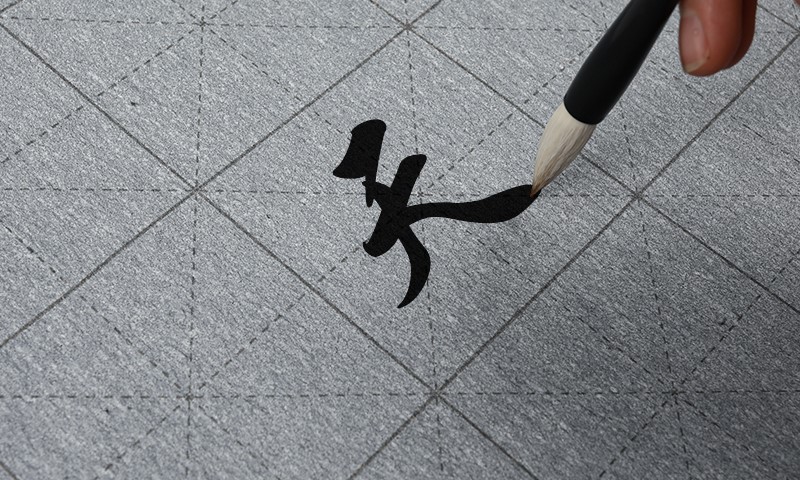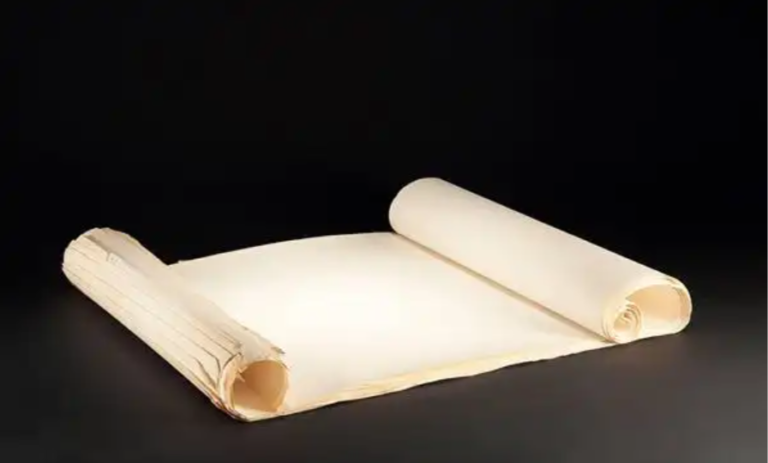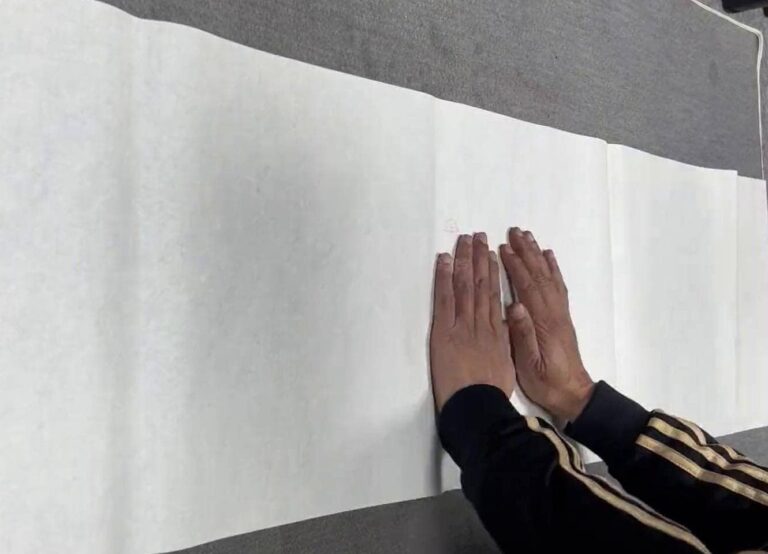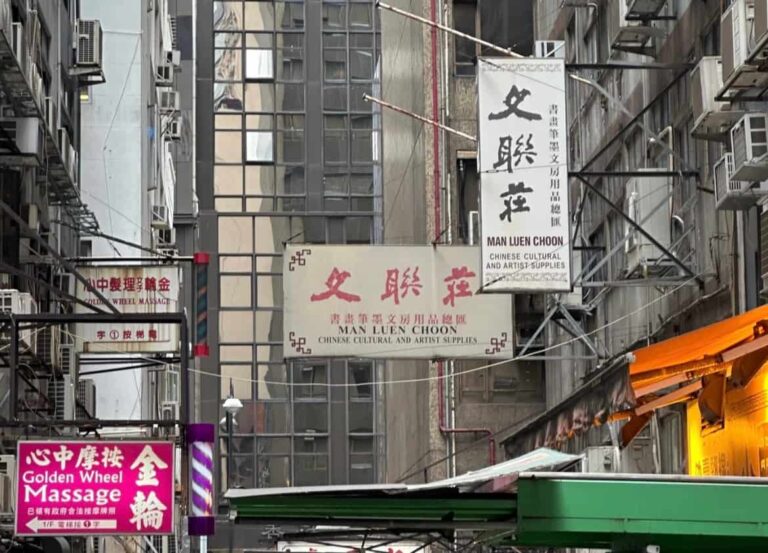Chinese Water Writing Cloth:advantages and disadvantages, selection tips, and maintenance methods.
Today, I want to share some knowledge about Chinese water writing cloth, also known as “Magic Water Writing Cloth.” If you’ve ever shopped for Chinese writing supplies online, you’ve likely seen stores promoting this so-called “Fifth Treasure of the Study.” Many people are curious about this innovative tool but have questions about how it works, which brands are good, whether it’s effective for practicing calligraphy, and how to select and maintain it. I’ve compiled information on water writing cloth to help answer these questions.
How Chinese Water Writing Cloth Works
Water writing cloth is made based on the principle that certain coatings become transparent when wet. Typically, these cloths use black velvet material as the base, coated with a specially processed environmentally-friendly white layer. This coating has a special property: it becomes transparent when it encounters water. The main component of the coating is silicon dioxide, which is also the main component of sand and the primary material used to make drinking glasses. The transparency when wet is mainly due to light reflection.
Advantages and Disadvantages of Practicing Calligraphy with Chinese Water Writing Cloth
Advantages
Before water writing cloth, there was water writing paper. Water writing cloth only began developing in late 2011. Overall, practicing brush calligraphy with water writing cloth has several benefits:
- Clear water appears as ink, allowing thousands of uses. This is why it’s also called “ten-thousand-times water writing cloth.” Though ten thousand is just an approximate number, it’s certainly economical, saving paper and ink while being clean, hygienic, environmentally friendly, and efficient.
- Long lifespan, durable for writing and washing, and doesn’t swell. (Most so-called “thickened water writing cloth” on the market is made of thick card paper, wallpaper, plastic paper, or non-woven fabric materials, none of which meet the standards for washing and thousands of uses.)
- Low-carbon and environmentally friendly. It won’t dirty clothes, elbows, or indoor environments. It greatly reduces the paper needed for calligraphy practice, decreasing pollution from handmade paper production.
- Convenient to use. No need to prepare ink, paper, or felt pads before use; no need to wash brushes or clean up waste paper afterward.


Just dip the brush in water—it creates realistic ink strokes without messy ink!
Although water writing cloth is not xuan paper (traditional Chinese calligraphy paper), it produces similar writing effects. Simply dip a new, clean brush in an appropriate amount of clear water and practice calligraphy on the water writing cloth to achieve the same dark black effect as ink on raw or processed xuan paper.
Being able to write characters with just a brush dipped in clear water is indeed very convenient and economical.
Chinese Water Writing Cloth Disadvantages
Since you don’t use ink or xuan paper, when writing on water writing cloth, you miss the resistance feeling that comes with practicing on xuan paper, as well as the fragrance of ink. Your calligraphy works also cannot be preserved for long periods like works created with ink on xuan paper.
It’s fine for casual practice and fun, but for serious creative work, you still need to use a brush with ink on materials like xuan paper. (Note from Qiming: Beginners don’t need to buy very good xuan paper. When I was starting out, I liked to buy wholesale rough-edged paper. I recommend reading my other article “Top 10 Chinese Xuan Paper Brands (Including Types, Selection, Maintenance Methods, and Common Questions)” which covers knowledge about xuan paper and rough-edged paper that might be helpful.)
Selection Methods for Chinese Water Writing Cloth
The water writing cloth market is quite mixed in quality. Here are several selection tips to find good water writing cloth:
- Fabric quality: Water writing cloth typically uses velvet, but velvet comes in different grades. Better water writing cloths use Oxford cloth, which tends to be more reliable.

- Immediate blackening: This reflects the cloth’s good water absorption. Some poor-quality water writing cloths have poor absorption, so when you write with a brush dipped in water, it doesn’t appear very black. Sometimes you have to wait until you finish the entire character, yet the first stroke still hasn’t turned black, or you might even need to wait a while before it blackens. This defeats the feeling of natural writing. Poor-quality cloths should be avoided. Good water writing cloth turns black immediately when a stroke is written, synchronizing with the experience of writing with ink. Only this provides the authentic feeling of using ink.


The drying time shown in the picture above is ideal—not too fast or too slow. You have time to appreciate your work without delaying further practice. I remember buying two cloths and using them in rotation—writing on one, letting it dry, then writing on the other. By the time I finished with the second one, the first would be completely dry, allowing efficient use of time.
- Clear strokes without spreading: This means when water is applied, the strokes remain distinct rather than bleeding excessively, which would make characters difficult to recognize.

Maintenance Methods for Chinese Water Writing Cloth
- Use clean brushes and clear water for writing
- Avoid scratching the surface with sharp objects
- Keep colored water, oil stains, and acidic/alkaline substances away from the cloth surface
- For those who write quickly, consider buying several cloths to use alternately, as drying typically takes 2-5 minutes
- Drying methods: Allow to air dry naturally; use highly absorbent materials like tissues to press and absorb moisture (Note: do not rub); or gently blow with warm air on both sides to accelerate the disappearance of writing
- Don’t use water writing cloth on dining tables—any contact with grease will cause permanent black marks on the cloth
To explore more about Chinese calligraphy and the ‘Four Treasures of the Study‘ (brush, ink, paper, and inkstone), check out these recommended articles:
Top 10 Chinese Calligraphy Brushes: The Ultimate Guide to Selection and Care
The 5 Best Chinese Ink Brands: Properties, Selection Criteria & Care Guide
Top 10 Chinese Xuan Paper Brands: Selection Guide & Care Tips








Hey, you used to write wonderful, but the last several posts have been kinda boringK I miss your tremendous writings. Past several posts are just a little bit out of track! come on!
Thank you, I’ll keep updating and try to write more articles that people care about in the future
Hey There. I found your blog using msn. This is a very well written article. I’ll make sure to bookmark it and come back to read more of your useful info. Thanks for the post. I will certainly return.
Really? Are you also a Chinese calligraphy enthusiast? You’re welcome to visit often.The art of calligraphy carries profound cultural heritage, and every discussion can be deeply enriching.
After study a few of the blog posts in your website now, and I actually like your way of blogging. I bookmarked it to my bookmark web site record and will likely be checking again soon. Pls take a look at my web site as effectively and let me know what you think.
Thank you! I’m so glad you also enjoy Chinese calligraphy.
Very interesting topic, thanks for putting up.
Thank you. It brings me joy to hear that you appreciate Chinese calligraphy as well.
I’m truly enjoying the design and layout of your website. It’s a very easy on the eyes which makes it much more pleasant for me to come here and visit more often. Did you hire out a designer to create your theme? Exceptional work!
RetryClaude can make mistakes. Please double-check responses.
Heya i’m for the first time here. I came across this board and I find It really useful & it helped me out a lot. I hope to give something back and aid others like you aided me.
Thank you! I’ll keep updating content about Chinese calligraphy. Please feel free to come back anytime.
The next time I read a weblog, I hope that it doesnt disappoint me as much as this one. I mean, I do know it was my option to read, but I really thought youd have something fascinating to say. All I hear is a bunch of whining about one thing that you would fix in the event you werent too busy in search of attention.
Thank you for visiting! This blog focuses on updating articles related to Chinese calligraphy. I hope you enjoy it.
I have recently started a website, the information you offer on this website has helped me tremendously. Thanks for all of your time & work.
Thank you for your support. I will continue to update articles related to Chinese calligraphy, and your continued attention is warmly welcomed.
Hey there I am so thrilled I found your blog page, I really found you by mistake, while I was researching on Yahoo for something else, Anyways I am here now and would just like to say thanks for a incredible post and a all round interesting blog (I also love the theme/design), I don’t have time to look over it all at the moment but I have bookmarked it and also included your RSS feeds, so when I have time I will be back to read much more, Please do keep up the fantastic work.
thank you